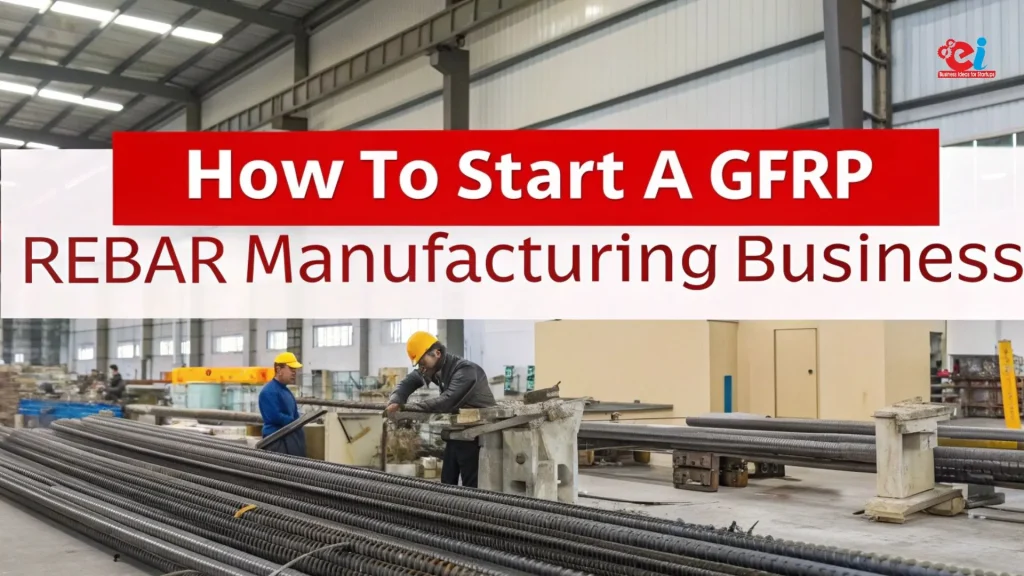In recent years, the healthcare industry has witnessed a remarkable transformation, driven by the growing demand for hygiene, safety, and infection control. Among the most crucial elements in this evolution is medical textile manufacturing. This sector plays a vital role in producing essential products like disposable gowns and drapes, which are fundamental to safeguarding both patients and healthcare professionals during medical procedures. With the rise of global health crises and heightened awareness about hospital-acquired infections, the demand for quality disposable medical textiles has surged, making this a rapidly expanding field with significant investment potential.
The Growing Importance of Disposable Gowns & Drapes in Healthcare
Disposable gowns and drapes are essential in maintaining a sterile environment in operating rooms, clinics, and emergency care units. These products act as barriers against bacteria, viruses, and bodily fluids, significantly reducing the risk of contamination and infection. The increasing adoption of single-use medical textiles over reusable ones stems from their superior hygienic properties, reduced laundry costs, and convenience.
The field of medical textile manufacturing focuses on developing these textiles using advanced nonwoven technologies, which offer qualities like fluid resistance, breathability, strength, and comfort. Materials such as polypropylene, polyester, and spunbond-meltblown-spunbond (SMS) composites are commonly used in the production of gowns and drapes. These fabrics undergo specialized treatments like anti-microbial finishing, fluid repellency, and thermal bonding to meet stringent medical standards.
Evolution and Innovation in Medical Textile Manufacturing
Initially, the healthcare industry relied heavily on woven textiles for surgical gowns and drapes. However, these reusable fabrics required extensive sterilization and were susceptible to wear and tear over time. The shift to disposable nonwoven materials revolutionized the industry, bringing in benefits like uniformity, consistent quality, and ease of disposal.
Modern medical textile manufacturing uses state-of-the-art machinery and cleanroom environments to ensure precision and sterility. Innovations such as ultrasonic welding, laser cutting, and automated inspection systems have enhanced production efficiency and product reliability. Some manufacturers also integrate RFID tracking and labeling to streamline inventory management and ensure traceability of critical medical supplies.
Moreover, with growing concerns about sustainability, eco-friendly disposable products made from biodegradable or recyclable materials are gaining traction. Companies are now exploring alternative fibers like polylactic acid (PLA), bamboo fiber, and cellulose-based substrates to create greener medical textiles.
Types of Disposable Gowns and Drapes
In medical textile manufacturing, a variety of disposable gowns and drapes are produced to serve different medical procedures:
-
Surgical Gowns – Worn by surgeons and operating room staff, these gowns offer high-level protection against fluids and infectious agents. They often have reinforced front panels and sleeves for added safety.
-
Isolation Gowns – Used in non-surgical environments to protect against minimal fluid exposure. These gowns are typically lighter and more breathable than surgical gowns.
-
Patient Gowns – Designed for patient comfort while ensuring modesty and some level of protection during examinations.
-
Procedure Drapes – These cover patients or surgical tables during procedures. They may include fenestrations (openings) to expose only the surgical site, thus limiting exposure to contaminants.
-
Full Body Drapes and Packs – Used in complex surgeries, these comprehensive drape systems include pouches for instruments, adhesive borders, and integrated fluid control.
Each product type undergoes rigorous testing to meet international standards such as AAMI PB70, EN13795, and ISO 16603, ensuring performance in terms of fluid resistance, tensile strength, and microbial barrier efficiency.
Market Demand and Business Opportunities
The global market for disposable medical textiles is expected to grow significantly over the next decade, with medical textile manufacturing at the center of this expansion. Factors fueling this growth include an aging population, rise in chronic diseases, increase in surgical procedures, and recurring outbreaks of infectious diseases like COVID-19 and influenza.
Countries like the United States, Germany, India, and China are investing heavily in domestic production of medical textiles to reduce reliance on imports and ensure a steady supply of critical healthcare materials. As a result, entrepreneurs and investors are finding ample opportunities in setting up manufacturing units, especially those specializing in disposable gowns and drapes.
Governments are also supporting this industry through grants, subsidies, and fast-track licensing for plants that produce personal protective equipment (PPE). Startups entering this field can benefit by focusing on quality certifications, compliance, and innovation in eco-friendly materials.
Key Processes in Manufacturing
The process of medical textile manufacturing involves several stages, each crucial for achieving high-performance disposable products:
-
Material Selection – Depending on the application, manufacturers choose from spunbond, meltblown, SMS, or laminated materials for optimal protection and comfort.
-
Web Formation – Using machines like carders and web formers, fibers are layered and bonded to create a uniform fabric sheet.
-
Thermal or Chemical Bonding – Depending on the fabric structure, thermal (heat-based) or chemical adhesives are used to strengthen the material.
-
Cutting and Shaping – High-precision cutters shape the fabric into gowns or drapes. Features like cuffs, ties, and reinforcements are added.
-
Sterilization – Gowns and drapes are sterilized using gamma radiation, ethylene oxide gas, or steam depending on the product type.
-
Packaging and Labeling – The final products are packaged in sterile packs with labeling for batch identification and expiration dates.
Each step is conducted under strict hygiene and quality control protocols, ensuring the final product meets healthcare safety standards.
Challenges and Regulatory Compliance
Despite its growth, medical textile manufacturing faces several challenges. Chief among them is compliance with national and international regulatory requirements. For example, in the U.S., FDA approval is mandatory for surgical gowns, while in Europe, CE marking under the Medical Device Regulation (MDR) is required.
Manufacturers must also ensure product consistency and traceability, which calls for high-end quality assurance systems. With increasing scrutiny on single-use plastics, the industry is also under pressure to develop sustainable alternatives that do not compromise on performance.
Another challenge is maintaining production during supply chain disruptions, as seen during the COVID-19 pandemic. Sourcing high-quality raw materials and maintaining steady output in emergencies is critical for the industry’s resilience.
Sustainability in Medical Textiles
With global attention on environmental impact, sustainability in medical textile manufacturing has become a key area of focus. Traditional nonwovens made from polypropylene are not biodegradable, contributing to medical waste challenges. To address this, researchers and manufacturers are working on developing:
-
Compostable materials like PLA and PHA-based fabrics.
-
Recyclable nonwoven textiles through mechanical or chemical recycling.
-
Closed-loop production systems to reduce water, energy, and chemical use.
Government regulations may soon enforce stricter environmental standards, making early adoption of sustainable practices not only ethical but also economically advantageous.
Future Outlook
The future of medical textile manufacturing looks promising, with rapid technological advancements, global health awareness, and demand for innovative medical solutions. From AI-driven production lines to biodegradable gowns, the industry is poised for a transformative decade.
Investing in research, automation, and sustainability will be key for manufacturers aiming to remain competitive. Companies that combine cost-effective production with high safety standards and eco-conscious practices will lead the market.
For healthcare providers, disposable gowns and drapes will continue to be indispensable tools for infection control. Their importance will only grow as medical procedures become more complex and personalized.
Conclusion
Medical textile manufacturing is at the heart of modern healthcare’s battle against infection and contamination. With disposable gowns and drapes playing a frontline role in hospitals, clinics, and surgical centers, the demand for high-quality, reliable, and sustainable products continues to rise. This industry offers immense scope for innovation and growth, especially for those who can balance technology, regulation, and environmental responsibility. Whether you are an entrepreneur, investor, or healthcare professional, understanding and participating in this dynamic field could be a step toward both economic success and a healthier future for all.
Visit the page Select and Choose the Right Business Startup for You for sorting out the questions arising in your mind before starting any business and know which start-up you can plan. We, at NPCS, endeavor to make business selection a simple and convenient step for any entrepreneur/startup. Our expert team, by capitalizing on its dexterity and decade’s long experience in the field, has created a list of profitable ventures for entrepreneurs who wish to diversify or venture. The list so mentioned is updated regularly to give you a regular dose of new emerging opportunities.




